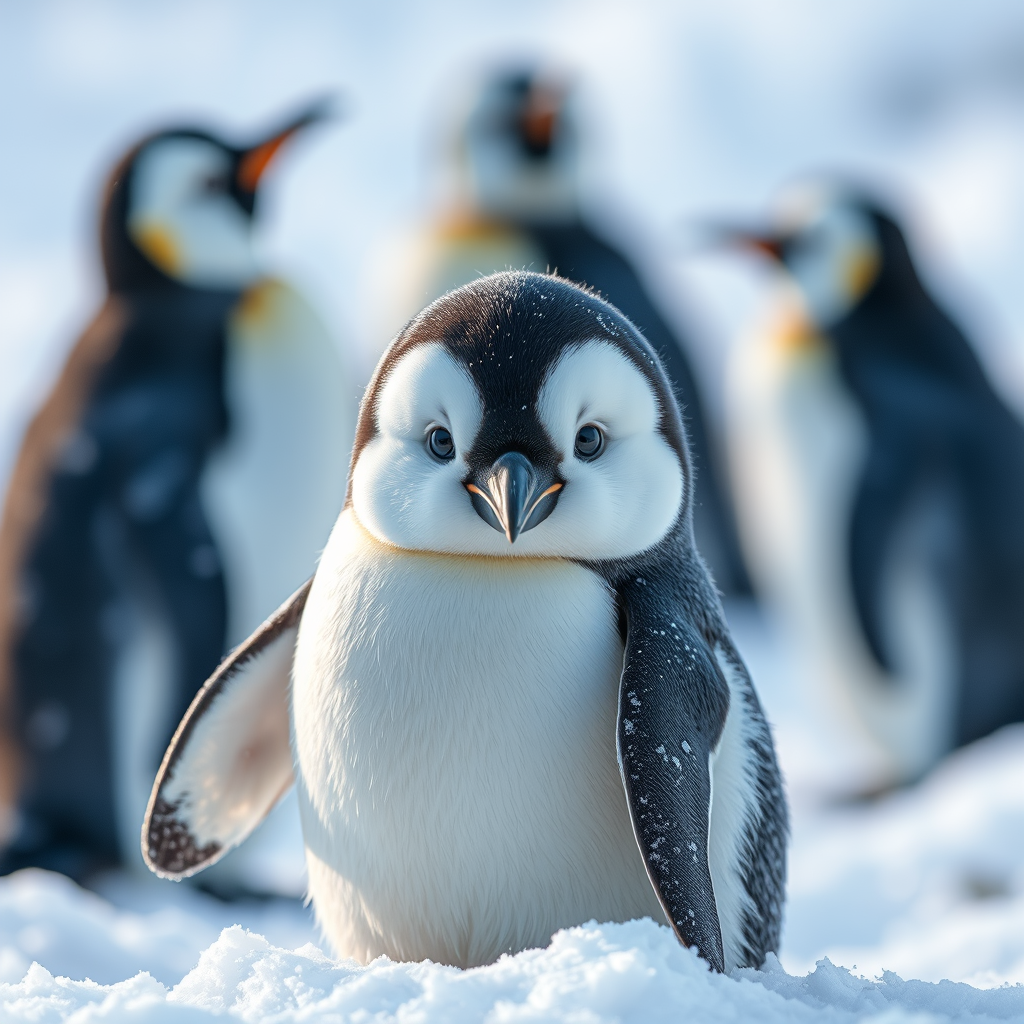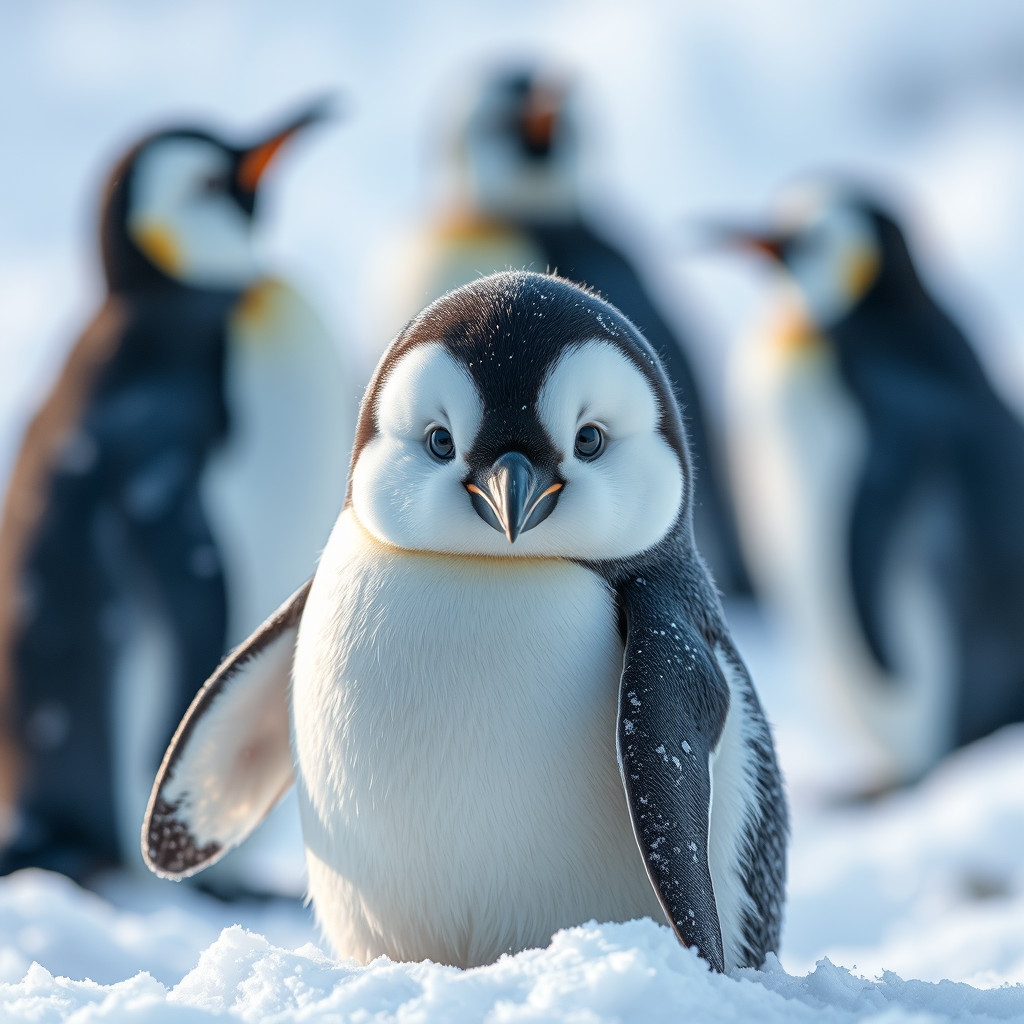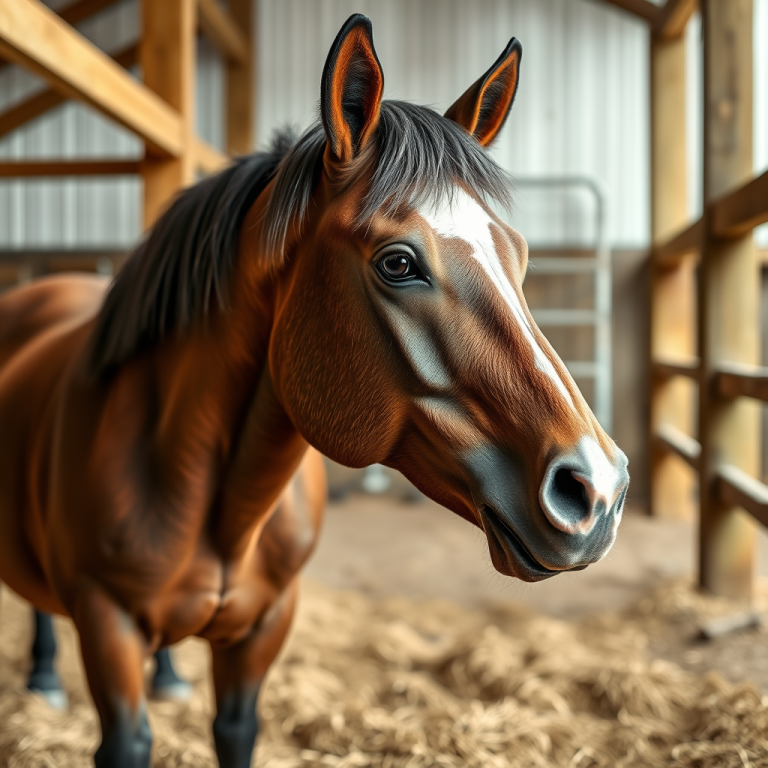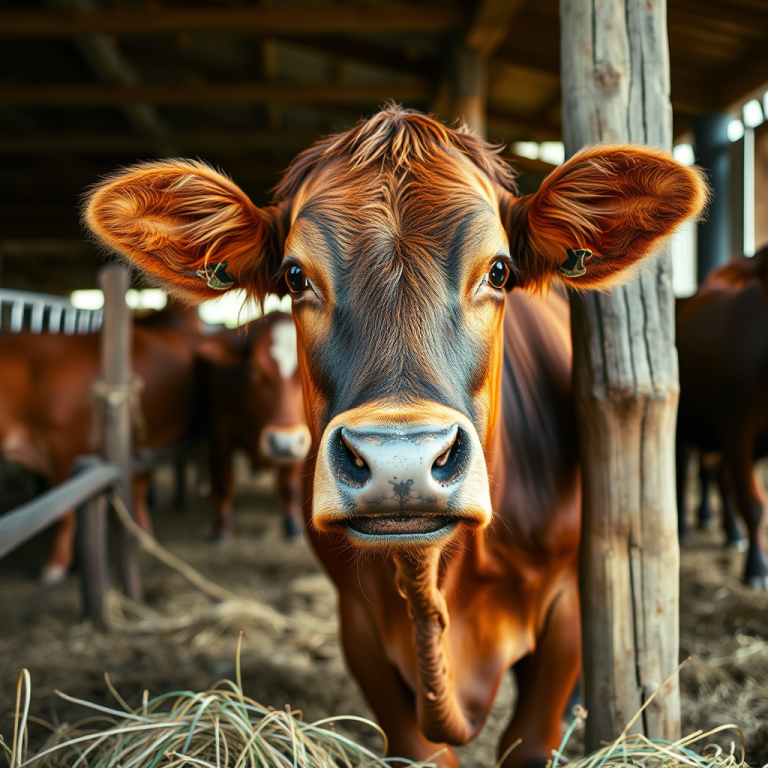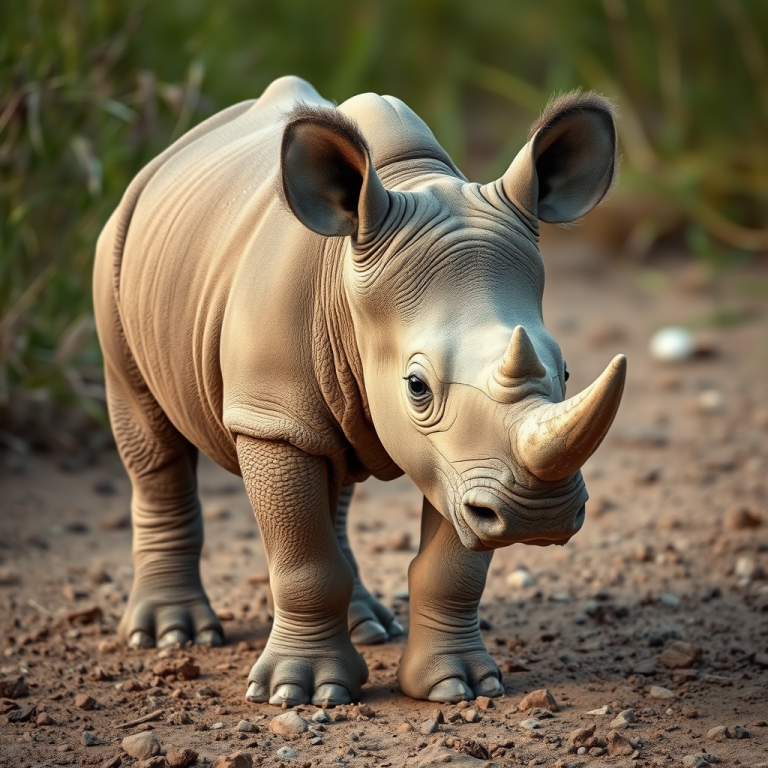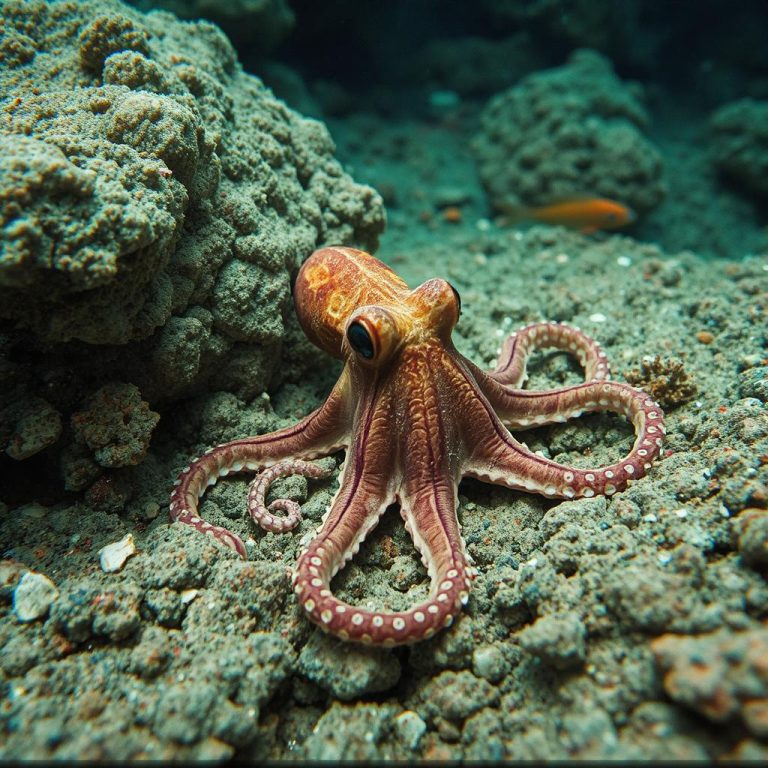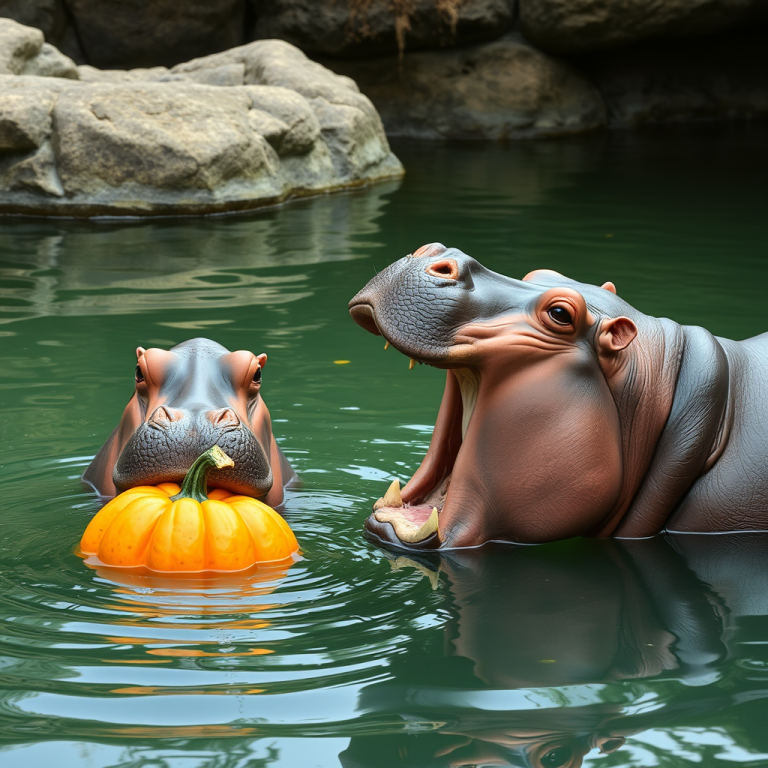Mini Penguins: Small Size, Big Charm
When most people think of penguins, they imagine towering Emperor penguins marching across Antarctic ice. But not all penguins are giant tuxedoed waddlers. Meet the mini penguins—small in stature, but packed with personality. The most famous of these is the Little Penguin, also known as the Fairy Penguin or Blue Penguin. Found mainly in Australia and New Zealand, these pint-sized seabirds stand only about 12–13 inches tall and weigh just over 2 pounds, making them the smallest penguin species in the world.
Tiny Divers, Big Adventures
Mini penguins may be small, but they are powerful swimmers. They spend the majority of their lives at sea, diving to hunt for fish, squid, and krill, and using their flipper-like wings to fly through the water with surprising speed. They can dive to depths of over 60 feet and stay submerged for more than a minute while chasing prey. On land, they’re a bit more awkward—waddling over rocks and sand, but always finding their way back home with sharp instincts and a strong sense of direction.
Homebody Birds With Nightlife Habits
Unlike larger penguins that form massive colonies, mini penguins nest in burrows, crevices, or even under people’s decks if they’re near the coast. They’re mostly nocturnal on land, returning to shore after dark to avoid predators. One of the most heart-melting sights in the wild is a nightly “penguin parade”—when dozens of these little birds march up the beach in groups to return to their burrows after a long day of fishing.
Penguin Parenting in Small Packages
Mini penguins form monogamous pairs, often staying together season after season. Both parents share in the work of raising their young—taking turns incubating the eggs and later feeding the chicks. The breeding season usually begins in spring or early summer, and chicks are ready to fledge and head to sea by around 8 weeks old. Despite their size, these penguins are incredibly devoted and protective parents.
Fast Facts About Mini Penguins
• Scientific name: Eudyptula minor
• Height: 12–13 inches (30–33 cm)
• Weight: 2–3 pounds (1–1.5 kg)
• Habitat: Coastal areas of Australia & New Zealand
• Swim speed: Up to 4–5 miles per hour
• Diet: Fish, squid, and small crustaceans
• Lifespan in the wild: 6–7 years (up to 20 in protected environments)
• Nesting style: Burrows, caves, grasslands, and even under buildings
• Activity: Nocturnal on land, diurnal at sea
• Breeding behavior: Lifelong monogamous pairs, shared parenting
Conservation and Coexistence
While mini penguins aren’t as endangered as some of their relatives, they still face threats. Habitat destruction, oil spills, plastic pollution, predators like foxes and dogs, and climate change can all disrupt their breeding grounds and food sources. In some places, locals have built penguin-friendly burrows and beach crossings, and nighttime tourist attractions are carefully managed to avoid stress or harm to the birds. Conservation programs have made a big difference in helping populations recover where they were once in decline.
Final Thoughts
Mini penguins prove that you don’t have to be big to make a big impact. These small seabirds are full of heart, skill, and spirit. From their clumsy beach waddles to their graceful ocean dives, they live a life of contrast—tiny bodies with massive determination. Their ability to thrive in both wild coastlines and human-altered environments shows just how adaptable and remarkable they really are. Sometimes, the smallest creatures carry the biggest charm.
If you’re curious about the wonders of wildlife, stick around—there’s a whole world to explore at Wonder of Wild.
